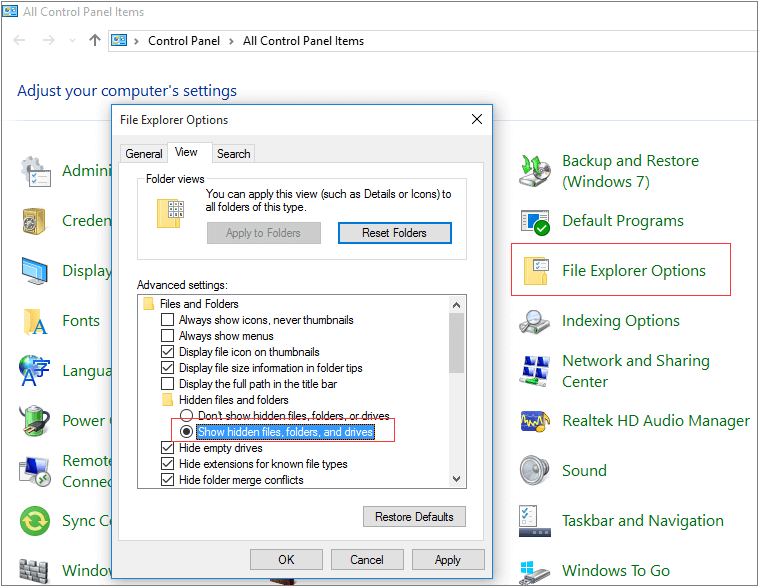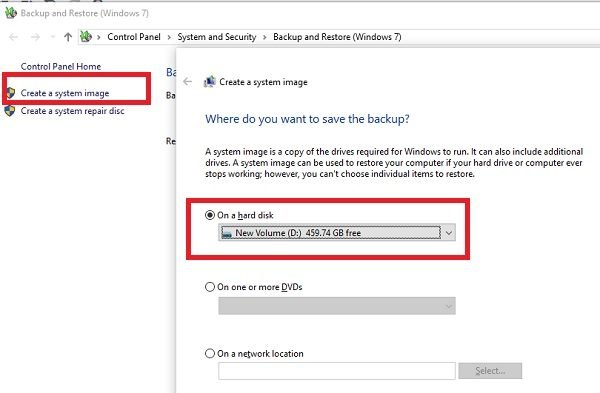

- Create image of hard drive and restore to ssd mac os#
- Create image of hard drive and restore to ssd manual#
- Create image of hard drive and restore to ssd free#
- Create image of hard drive and restore to ssd mac#
If you’re using the encrypted disk image with a Mac computer using macOS 10.13 or later, choose APFS or APFS (Case-sensitive). Note: If you want to protect the contents of the system disk, turn on FileVault using the FileVault pane of Security & Privacy Preferences.Ĭlick the Format pop-up menu, then choose a format:
Create image of hard drive and restore to ssd manual#
Hybrid image (HFS+/ISO/UDF): This disk image is a combination of disk image formats and can be used with different file system standards, such as HFS, ISO, and UDF.įor technical information about creating a restore disk image, see the Apple Software Restore (ASR) manual (man) page. Select the folder or connected device in the dialog that appears, then click Open. In the Disk Utility app on your Mac, choose File > New Image, then choose Image from Folder.

You can then restore that disk image to another volume.
Create image of hard drive and restore to ssd free#
For example, if a USB device or volume is 80 GB with 10 GB of data, the disk image will be 10 GB in size and include only data, not free space. This method doesn’t copy a device’s free space to the disk image. You can create a disk image that contains the contents of a folder or connected device, such as a USB device. When you use a master disk image to create other DVDs or CDs, all data is copied exactly. It includes a copy of all sectors of the disk image, whether they’re used or not.

Read/write: Allows you to add files to the disk image after it’s created.ĭVD/CD master: Can be used with third-party apps. Read-only: The disk image can’t be written to, and is quicker to create and open.Ĭompressed: Compresses data, so the disk image is smaller than the original data. ”Ĭlick the Format pop-up menu, then choose an option: In the Disk Utility app on your Mac, select a disk, volume, or connected device in the sidebar.Ĭhoose File > New Image, then choose “Image from. You can’t create images of APFS containers on Mac computers with Apple silicon or an Apple T2 Security Chip. Note: You can’t create images of individual APFS volumes. In the Finder, copy your files to the mounted disk image, then eject it.įor more information about disk image types, see the manual (man) page for hdiutil. cdr file extension.ĭisk Utility creates the disk image file where you saved it in the Finder and mounts its disk icon on your desktop and in the Finder sidebar. dmg file extension.ĭVD/CD master: Changes the size of the image to 177 MB (CD 8 cm). Read/write disk image: Allows you to add files to the disk image after it’s created.

Sparse disk image: Creates an expandable file that shrinks and grows as needed. Sparse bundle disk image: Same as a sparse disk image (below), but the directory data for the image is stored differently. To encrypt the disk image, click the Encryption pop-up menu, then choose an encryption option.Ĭlick the Partitions pop-up menu, then choose a partition layout.Ĭlick the Image Format pop-up menu, then choose an option: If the disk image will be used with a Mac or Windows computer and is 32 GB or less, choose MS-DOS (FAT) if it’s over 32 GB, choose ExFAT.
Create image of hard drive and restore to ssd mac os#
If the disk image will be used with a Mac with macOS 10.12 or earlier, choose Mac OS Extended (Journaled) or Mac OS Extended (Case-sensitive, Journaled). If the disk image will be used with a Mac that has a solid state drive (SSD) and uses macOS 10.13 or later, choose APFS or APFS (Case-sensitive). In the Size field, enter a size for the disk image.Ĭlick the Format pop-up menu, then choose the format for the disk: This is the name that appears on your desktop and in the Finder sidebar, after you open the disk image. In the Name field, enter the name for the disk image. This is the name that appears in the Finder, where you save the disk image file before opening it. In the Disk Utility app on your Mac, choose File > New Image > Blank Image.Įnter a filename for the disk image, add tags if necessary, then choose where to save it. You can create an empty disk image, add data to it, then use it to create disks, CDs, or DVDs.


 0 kommentar(er)
0 kommentar(er)
